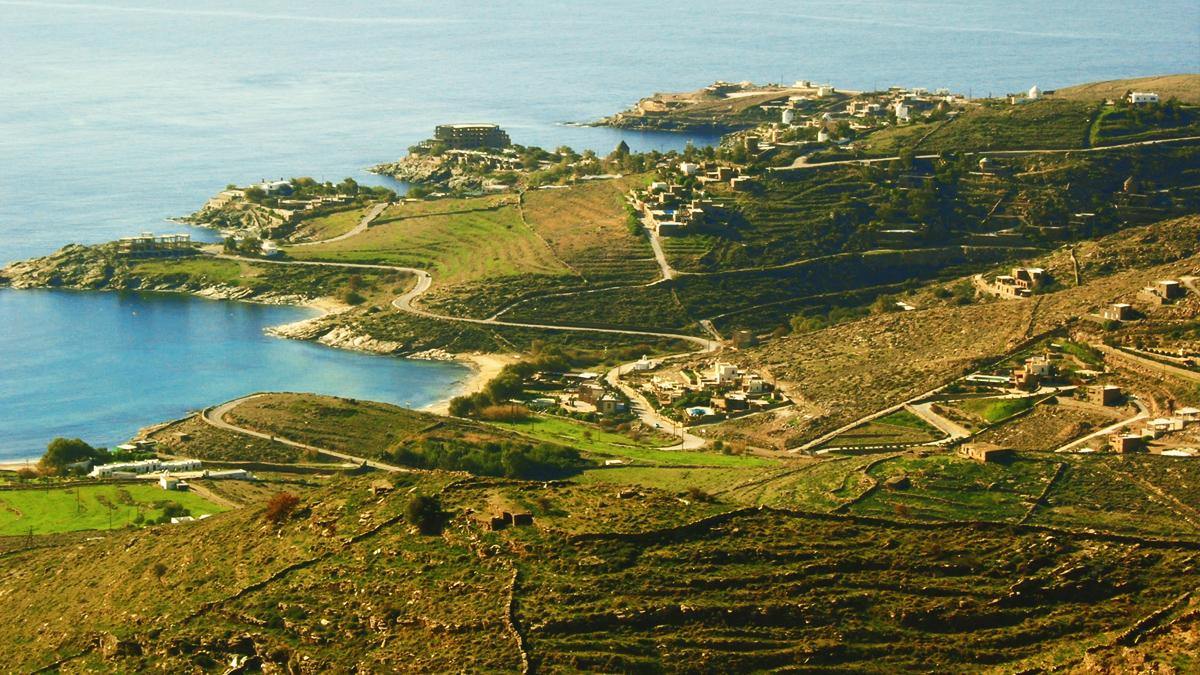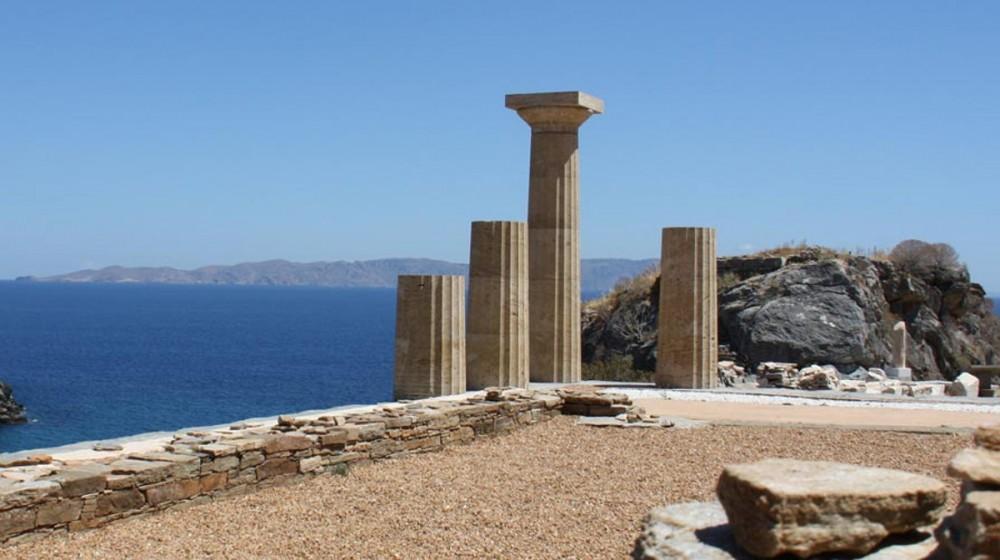
BYZANTINE TIMES

In 1204 the Byzantine Empire falls into the hands of the Venetians. In 1207 Zia was occupied by the Franks, divided into 4 parts and divided among an equal number of Venetian nobles. In 1278, the Byzantines liberated the island. In 1296 the Venetians recaptured the island. For three and a half centuries pirates plundered the island and massacred the inhabitants. In 1537, Zia followed the fate of Constantinople, the Queen. The Turkish fleet occupies the island, but does not inhabit it. It is enough to collect taxes from the residents. In 1566 the Turks encouraged Albanian settlers to settle in Kea. In 1647 the castle was destroyed by the Venetians. In 1668 the Turkish fleet destroys the island. Despite the sufferings of looting and destruction at the end of the 17th century, at least five monasteries are operating, with a total of 3000 inhabitants. One of these monasteries was founded by St. Philothei who had taken refuge on the island in 1550. The monastery of Prodromos was practiced by St. Timotheus and Michael Acominatos. The Community of Zia Island is also created.
At the beginning of the 18th century the economy of the island recovers as well as shipping. The oak trade was a key exportable wealth-producing source along with silk production and wool processing. The export of barley and wine also contributed satisfactorily to the economic strength of the inhabitants. During the Russo-Turkish war 1787-1792, Lambros Kotsonis, who had married Tziotissa, used the island as a base. By trickery he managed to get his ships through a narrow piece of land in the region of Kokka. Along with the rest of Hellenism, our island in the years 1817-1818 prepares and integrates members into the Philiki Etairia. They also contributed money to the equipment for the liberation. The Tziotes took part in the battle of Tripolitsa on September 23, 1821. And then they went and fought in Corinth. 3 days later 50 Tziotes went and fought in our neighbor Karysto. In 1823, with the Chios holocaust, Chios refugees who managed to escape the massacre, brought an epidemic of plague to Kea. According to tradition, the inhabitants of Kea were healed and saved by Agios Charalambos, who is today the patron saint of the island and whose memory the inhabitants honor with special reverence. In 1825, an expeditionary force of Liapis settled on the island. The Liapis looted, raped, humiliated the inhabitants and destroyed everything they saw. They behaved like Turks. In 1835 the Municipality of Keas and the first school were founded.
The 20th century dawns with the establishment of the factory of enameled household utensils and manufacture of military helmets in Livadi. The acorn and the almond are no longer marketable unlike the dairy product of a crossbreed between a Swiss and a Swiss breed of cow. The honey of the island won the first place in the Tziot trade as well as pasteli.



